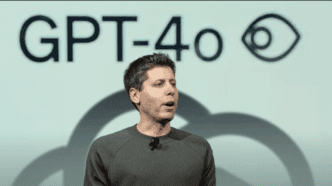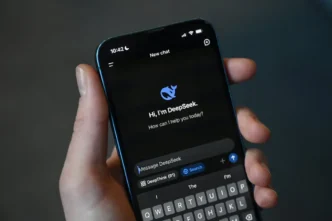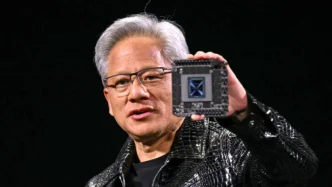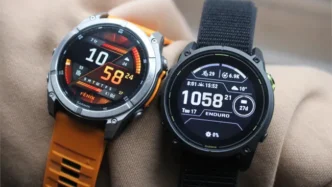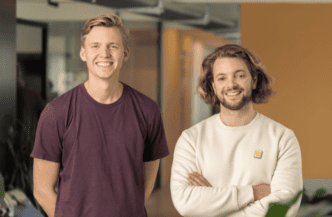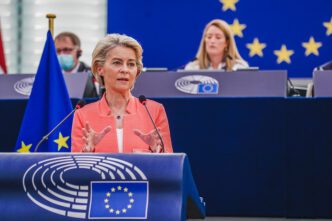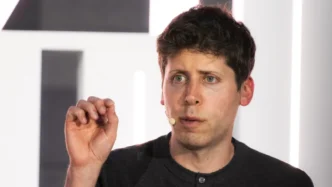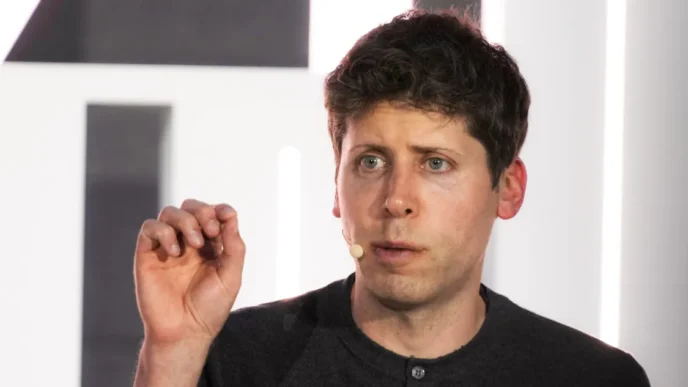OpenAI has unveiled a major leap in ChatGPT’s image generation capabilities, marking its first significant update in over a year. During a livestream on Tuesday, CEO Sam Altman revealed that ChatGPT can now create and edit images natively using the company’s advanced GPT-4o model.
Until now, GPT-4o was mainly known for powering ChatGPT’s text-based responses. With this latest upgrade, the model steps into the visual world, enabling users to generate images and photos directly — a move that positions ChatGPT as a serious competitor in the growing generative AI space.
This game-changing feature is already live for subscribers of OpenAI’s premium $200-a-month Pro plan. Soon, the company plans to roll it out to ChatGPT’s Plus and free users, along with developers accessing the tool via OpenAI’s API service.
Unlike its predecessor, DALL-E 3, which focused purely on image creation, GPT-4o “thinks” longer during generation. This extra processing results in sharper, more detailed images. The model doesn’t just create new visuals — it also allows users to modify existing photos, including those featuring people. Whether tweaking backgrounds or inpainting specific objects, the upgraded tool offers a whole new level of flexibility.
To power this sophisticated image engine, OpenAI combined publicly available data with proprietary datasets from partners like Shutterstock. The company disclosed this in a statement to The Wall Street Journal, emphasizing that its data sources give it a competitive edge while also raising the stakes around intellectual property risks — an ongoing concern in the AI space.
“We respect artists’ rights in how we generate images,” OpenAI’s Chief Operating Officer, Brad Lightcap, assured. “Our policies prevent the model from producing images that directly copy any living artist’s work.”
For creators worried about their work being used without permission, OpenAI offers an opt-out form. This allows artists to request the removal of their content from future training datasets. Additionally, the company honors requests to block its web-scraping bots from collecting data, including images, from websites.
This major upgrade comes as OpenAI faces increasing competition. Recently, Google made headlines with Gemini 2.0 Flash’s image-generation feature — but not for the right reasons. Google’s model sparked backlash on social media after users discovered it could remove watermarks and generate copyrighted characters, raising serious copyright concerns.
In contrast, OpenAI seems determined to avoid similar controversies by building stronger safeguards into its new feature. The company aims to balance creative freedom with respect for intellectual property as generative AI tools continue reshaping the digital landscape.
